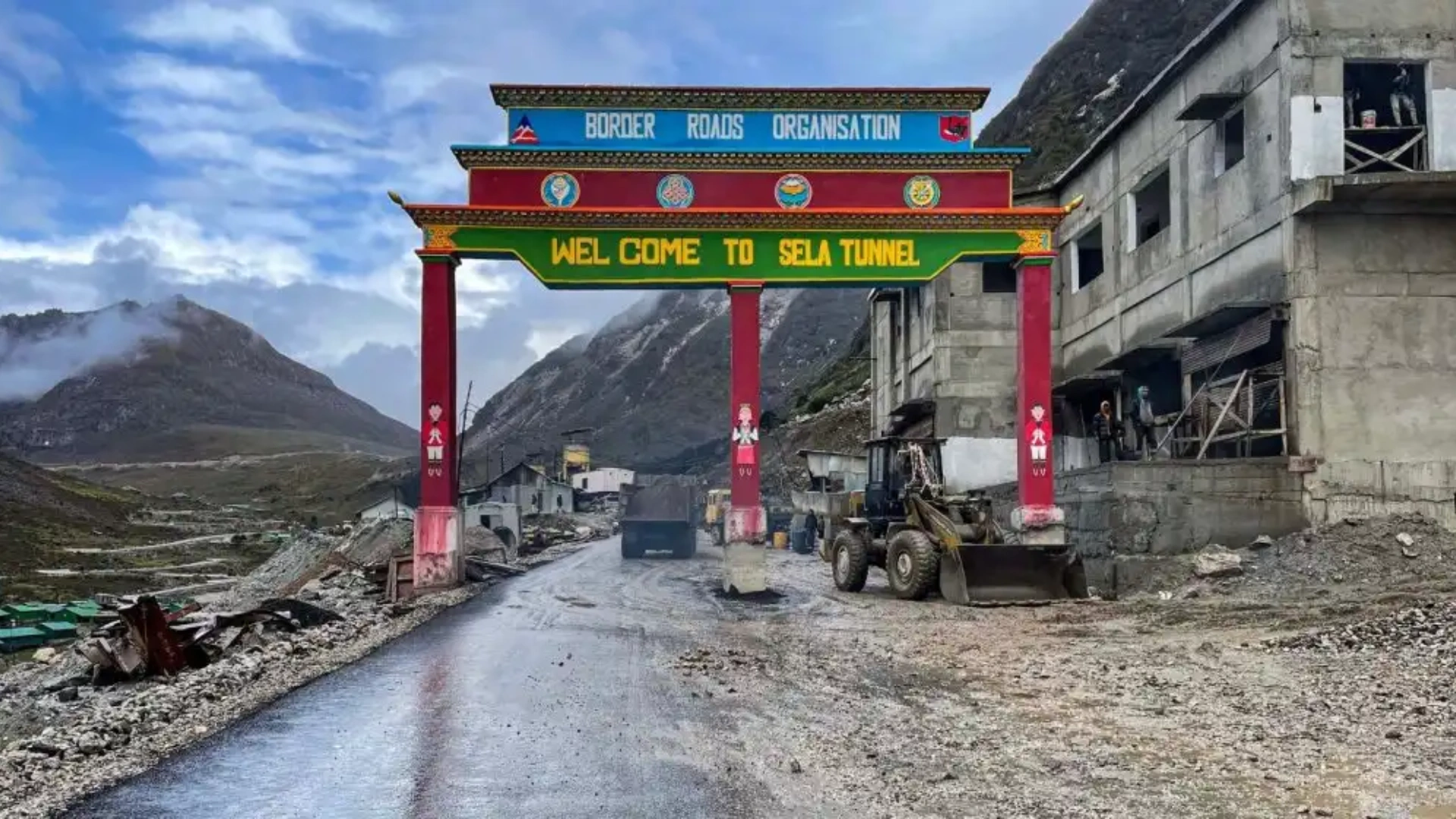The recent political instability in Bangladesh, marked by Former Prime Minister Sheikh Hasina’s resignation and subsequent upheaval, has had a noticeable impact on tourism in India. The turmoil has led to a significant reduction in travel from Bangladesh to India, particularly affecting medical tourism and shopping trips.
Impact on Indian Tourism
Tourism statistics from India reveal a complex picture. According to the Economic Times, while tourist arrivals in India surged by 43.5% last year, this figure is still 15.5% below pre-pandemic levels. India saw 9.23 million tourists in the past year, generating approximately Rs 24,707 crore in foreign exchange. Notably, tourists from Bangladesh represented over 22.5% of this total, making them the largest nationality group.
India remains a vital destination for Bangladeshi travelers, accounting for 40-45% of their outbound trips. The majority visit for medical reasons (over 80%), with shopping and leisure being secondary motivations. Key destinations include Kolkata for shopping, and regions like Sikkim, Northeast India, and Kashmir.
Medical Tourism and Its Challenges
Bangladesh is a critical player in India’s medical tourism sector. According to CareEdge Ratings, Bangladeshis make up 50-60% of India’s medical tourism inflow. Annually, between 300,000 and 350,000 Bangladeshi’s visit India for medical care, outnumbering visitors from regions like West Asia and Sri Lanka. India’s appeal in this sector is due to its cost-effective treatments, high-quality medical facilities, and minimal waiting times. Initiatives such as the ‘Heal in India’ program are expected to further boost this industry, which contributes around 3-5% to the Indian hospital sector’s revenue.
However, the ongoing crisis in Bangladesh has led to a dramatic 90% drop in outbound travel. Flights and visas, except for medical purposes, have been temporarily suspended, and the number of patients coming to India has decreased from 449,570 in 2023 to 304,067 in 2022. The decline in medical tourists is anticipated to affect the sector significantly. A recent CareEdge Ratings report forecasts a 10-15% reduction in Bangladeshi visitors to India in 2024, which may impact hospitals differently based on their reliance on these tourists.
Local Impact and Economic Ramifications
Some Indian hospitals are already feeling the effects. For example, Kolkata-based medical tourism company Indiatreatments.com has seen a sharp drop in Bangladeshi patients from around 150 per month to just 5-6. Similarly, local hotels in Kolkata, which previously experienced high occupancy rates, are now struggling with a 50% drop in bookings. Central Kolkata Hotel Owners’ Association President Harmit Singh reported a decrease in hotel occupancy from 75-80% to 50% in recent weeks.
Local businesses that cater to Bangladeshi tourists, including restaurants, are also suffering. Arshad Alam, owner of Nabab’s Restaurant, noted a significant reduction in customers, which has adversely affected his business.
In summary, the political unrest in Bangladesh has created a ripple effect on Indian tourism, particularly in the medical sector and hospitality industry. While the full extent of the impact remains to be seen, the immediate effects are already being felt by businesses and healthcare providers across India.

















